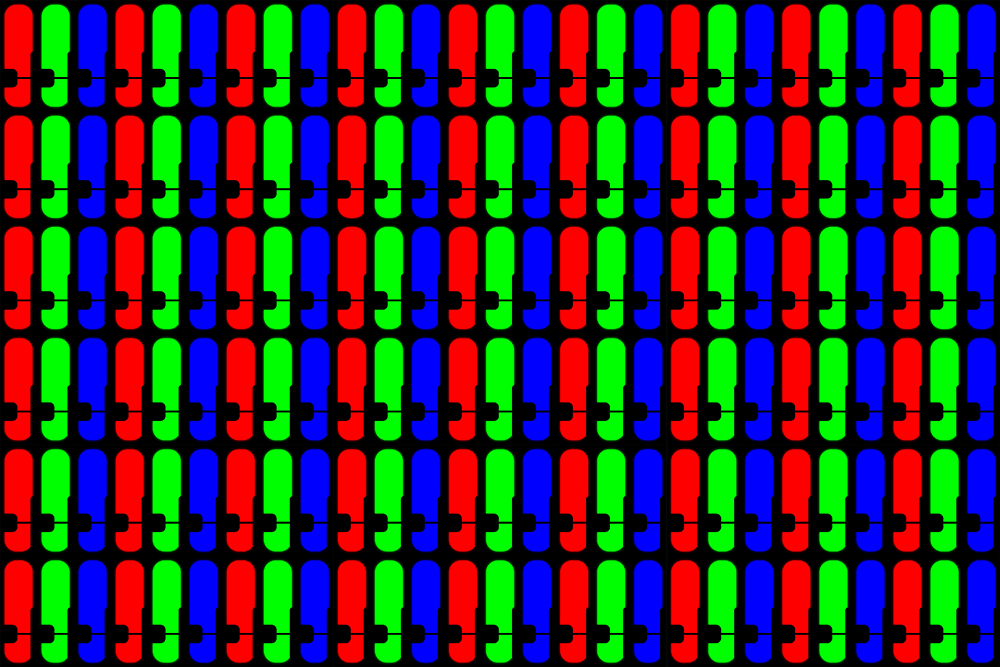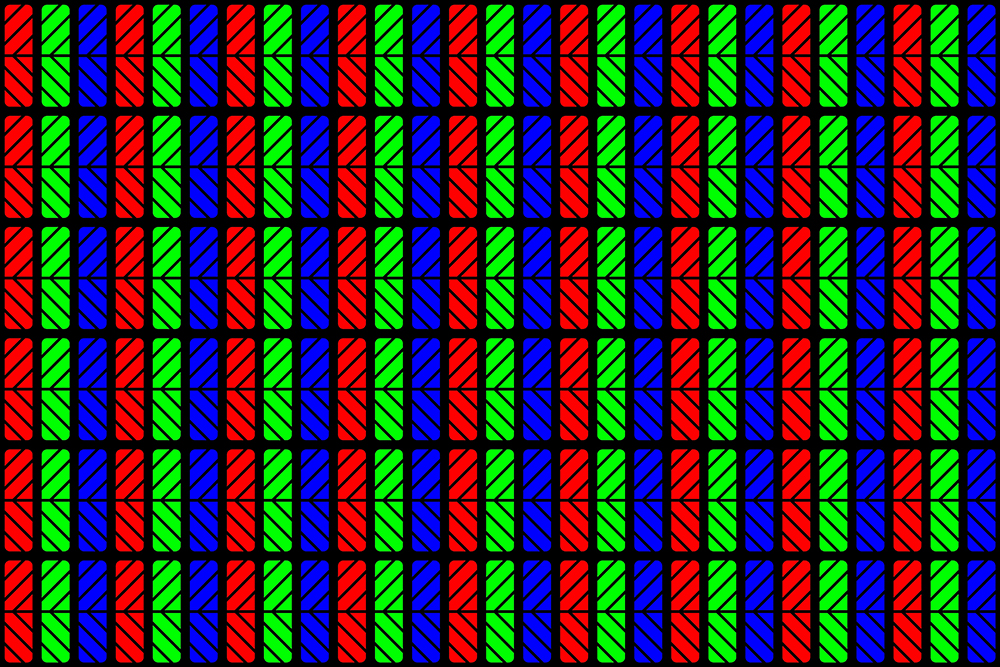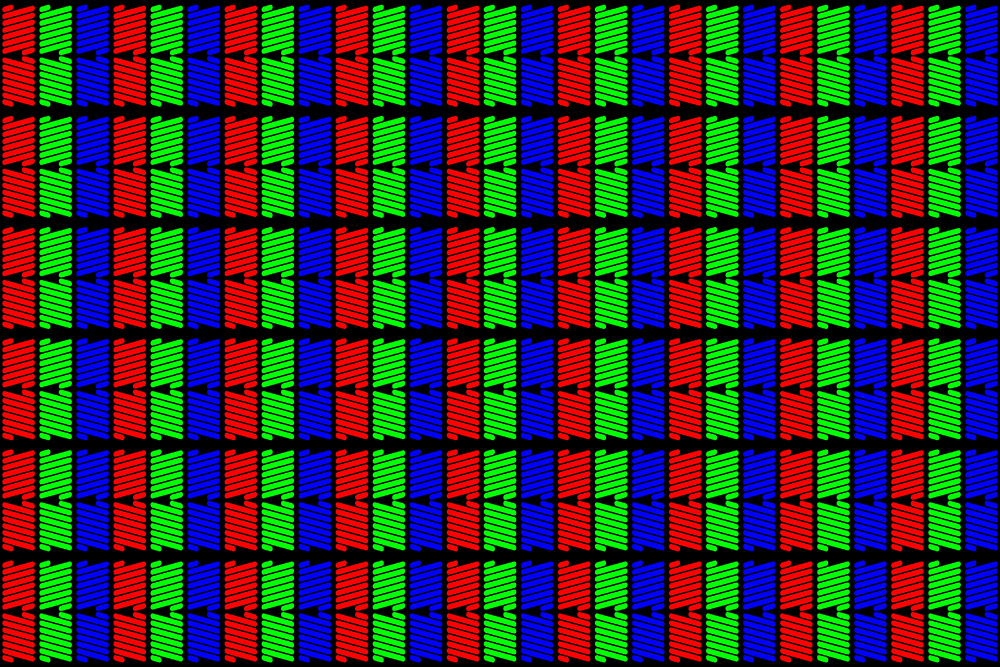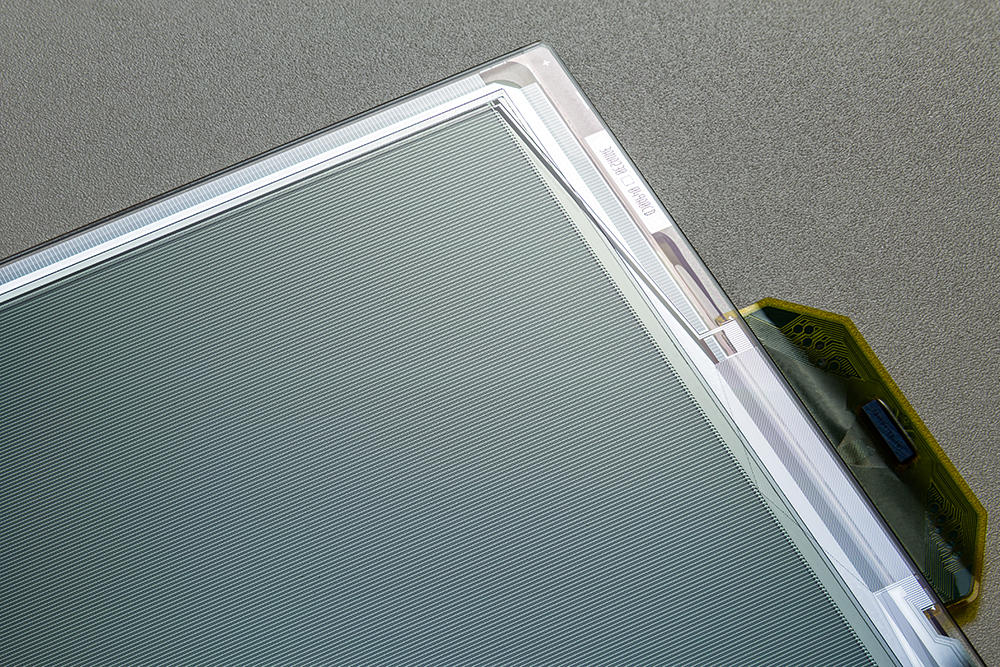LCD (Liquid Crystal Display) is a type of flat-panel display that uses the light-modulating properties of liquid crystals combined with polarizers. Liquid crystals don’t emit light directly, instead they use a backlight (like LED) or a reflector to produce images in color/monochrome.
There are three main panel types used in monitors: “In-plane switching” or IPS, “Twisted Nematic” or TN, and “Vertical Alignment” or VA. These names relate to the alignment of molecules within the LCD and how they change when a voltage is applied. The manner in which the molecules adjust has an effect on color reproduction, viewing angle, and refresh rates.
Types of LCD Panels
Note: The quickest way to choose between LCD panel types is to decide which attributes are most appealing to you and what you use your display for.
TN Panel

Twisted Nematic or TN panels were the first LCD panel type to be widely produced. As a result of mass-production, they are also more affordable and are targeted towards budget-conscious consumers.
TN panels are characterized by having higher refresh rates than the other panel types. TN panel refresh rates typically fall between 60 – 144Hz, however 240 Hz models do exist. Higher refresh rates result in less motion blur, smearing, and ghosting.
However, TN panels suffer from poor viewing angles (as low as 170/160 degrees) and color reproduction (accurate black levels/dark detailing). TN panels only cover the standard RGB color gamut and rarely go over 1000:1 contrast which limits visual display. Many TN panels are only 6-bit and use frame rate control (FRC) or dithering in order to output 8-bit. However, high-end 8-bit models do exist.
The viewing angles are also limited at 170/160 which can cause color shift and image fade. However, realistically you’ll want to view them dead center.
TN panels are best suited for situations where refresh rate matters and color accuracy doesn’t. For instance if you play games that require high refresh rates/inputs (like FPS), TN is your best bet.
VA Panel

As the name suggests, Vertical Aligned panels have the liquid crystals vertically oriented which then tilt when voltage is applied in order to let light pass through. This is the main difference between VA and IPS; the liquid crystals in VA panels are perpendicular to the substrate, in IPS they are parallel.
VA panels offer better contrast ratios than IPS and TN; Entry level units start at 2000:1 and can exceed 4500:1. If you want deep black and higher contrast, VA is unmatched.
VA panels can easily achieve 85 and 90% DCI-P3 coverage. IPS panels typically fall between 93 – 95% DCI-P3 coverage, making them better for wide gamut work.
VA panels are the slowest of the three. Standard VA panels typically have refresh rates of 60Hz (40 Hz VA displays do exist). The typical response time ranges from 8 – 10 ms.
IPS Panel

In-plane switching or IPS panels refer to the horizontal shift of the liquid crystals. Doing so helps to minimize the effects of color distortion when viewing the monitor from an angle; IPS panels can display images and colors accurately at up to 178 degrees.
IPS panels are characterized as having superior image quality when compared to TN and VA. The liquid molecules being switched parallel to the substrate allows for accurate color reproduction. IPS panels can cover a significant amount of the sRGB gamut and contrast remains dark while maintaining detail.
With that said, IPS monitors can display “IPS Glow” or the visible glowing on the corners of the panel. The glowing is more pronounced in dark rooms or when viewing high contrast/dark content. IPS glow is caused by excess light passing through the panel. It is also dependent on both viewing angle and viewing distance.
Refresh rates in IPS panels are typically slower (60-75Hz is standard) than TN panels (120-144Hz). Granted, faster refresh rate IPS panels do exist, they just cost more than TN-based displays. However, slower refresh rates typically result in less color washout.
IPS panels are best suited for color-critical applications such as graphic design and photography.

